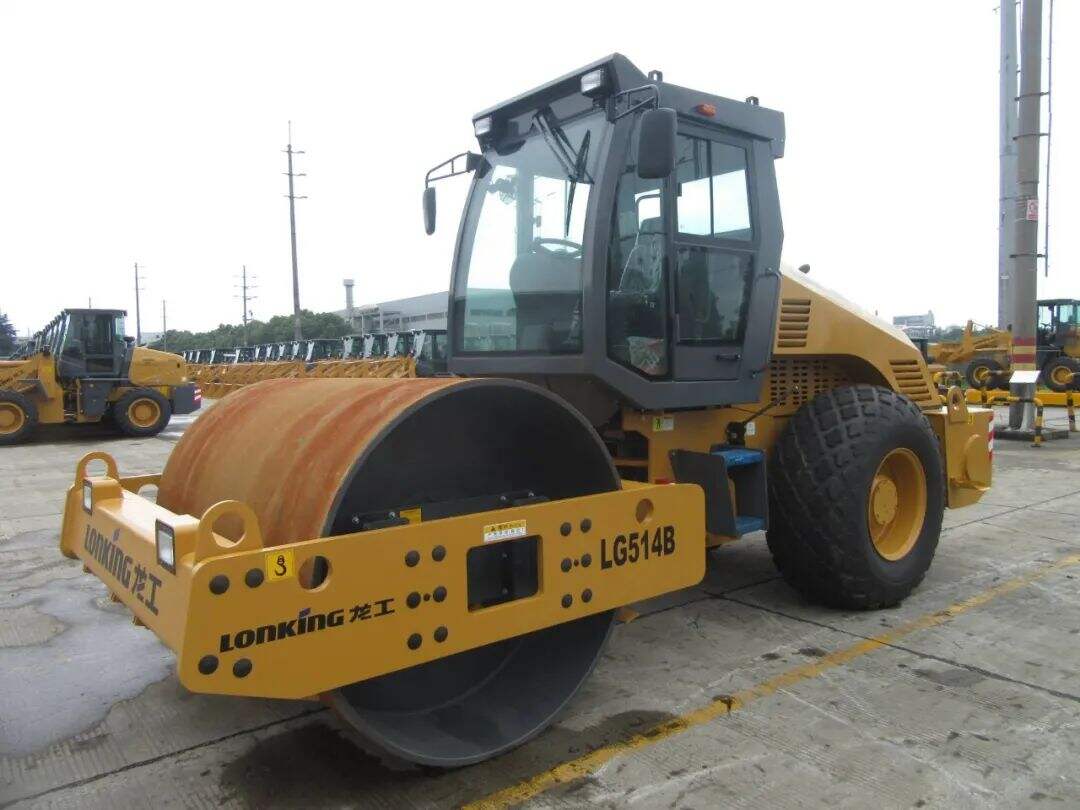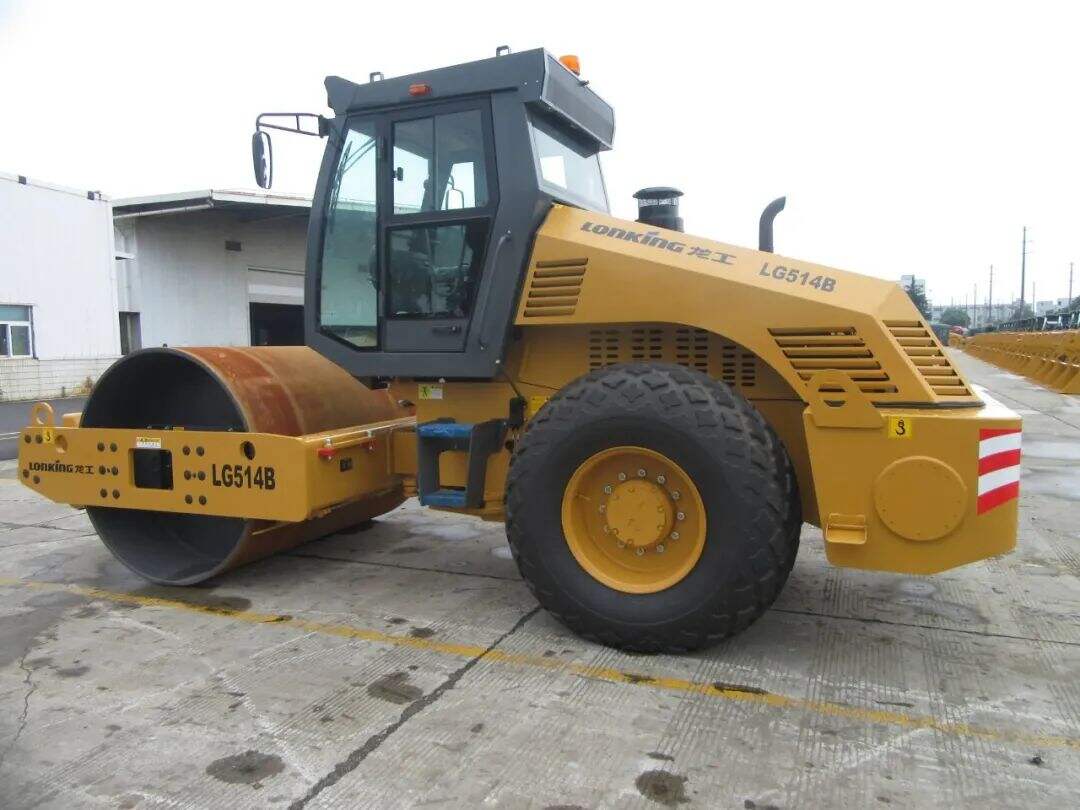Essential Guidelines for Safe Road Roller Operation on Challenging Slopes
Operating heavy construction equipment on steep terrains requires exceptional skill, attention to detail, and strict adherence to safety protocols. Road rollers, in particular, demand special consideration due to their substantial weight and unique operational characteristics. This comprehensive guide explores the critical aspects of road roller safety when working on inclined surfaces, ensuring both operator protection and optimal construction results.
Construction professionals understand that mastering road roller safety on slopes goes beyond basic operational knowledge. It involves a deep understanding of terrain dynamics, equipment limitations, and risk management strategies. Whether you're an experienced operator or new to the field, these insights will enhance your ability to handle challenging gradient conditions effectively.
Preparation and Equipment Inspection
Pre-Operation Safety Checks
Before attempting any work on steep terrain, conducting thorough equipment inspections becomes paramount for road roller safety. Start by examining the roller's braking system, ensuring all components are in perfect working order. Check fluid levels, including hydraulic oil, engine oil, and coolant. Inspect the drum and tire conditions, as worn surfaces can significantly impact traction on slopes.
The roller's articulation joint and steering mechanisms require particular attention, as these components face additional stress during slope operations. Verify that all safety features, including the Roll Over Protection Structure (ROPS) and seat belts, are properly maintained and functional. Document these inspections in your daily equipment log to maintain compliance with safety regulations.
Terrain Assessment Protocols
Successful slope operations begin with comprehensive terrain evaluation. Survey the work area to identify potential hazards such as loose soil, hidden obstacles, or drainage issues. Measure the slope gradient using appropriate tools to ensure it falls within the manufacturer's specified operating limits. Consider weather conditions and their impact on surface stability.
Create detailed operation plans that include safe access routes, emergency procedures, and designated rest areas. Mark any underground utilities or infrastructure that could affect stability. Understanding these terrain characteristics helps operators make informed decisions about compaction patterns and machine positioning.
Advanced Operating Techniques
Proper Positioning and Movement Patterns
Maintaining optimal control on slopes requires strategic positioning of the road roller. Always operate up and down the slope rather than across it, reducing the risk of rollover. Keep the heavy end of the machine pointing uphill when possible, as this improves stability and traction. Avoid sudden directional changes or sharp turns that could compromise balance.
Establish consistent compaction patterns that minimize the need for complex maneuvers. Maintain steady speed and avoid accelerating or decelerating abruptly. When changing direction, use wide turning radiuses and reduce speed appropriately. These techniques help maintain machine stability while ensuring uniform compaction results.
Speed and Power Management
Effective speed control is crucial for road roller safety on steep terrain. Select appropriate gear ranges that provide optimal power without excessive speed. Use the engine's torque effectively by maintaining steady RPMs and avoiding lugging or over-revving. Monitor machine response constantly to detect any signs of instability or loss of traction.
When ascending slopes, maintain sufficient power to prevent rollback while avoiding wheel spin. During descent, use engine braking in conjunction with service brakes to maintain controlled speed. Always be prepared to adjust power output based on changing surface conditions or compaction requirements.

Emergency Response and Risk Management
Safety System Activation
Modern road rollers come equipped with various safety systems designed for slope operation. Familiarize yourself with features like slope indicators, stability control systems, and emergency shutdown procedures. Know exactly when and how to activate these systems in critical situations. Regular training sessions should include practical exercises in emergency response procedures.
Maintain clear communication channels with ground personnel and establish emergency signals or protocols. Keep emergency contact information readily available and ensure all operators know the location of first aid equipment and fire extinguishers. Quick access to these resources can be crucial in preventing minor incidents from escalating.
Recovery Procedures
Despite best practices, situations may arise requiring emergency response or recovery actions. Develop and maintain detailed recovery procedures for various scenarios. This includes proper techniques for securing the machine if mechanical failures occur on a slope. Train operators in the correct use of recovery equipment and ensure appropriate tools are always available on-site.
Document all incidents, near-misses, and equipment issues to improve future safety protocols. Regular review of these reports helps identify patterns or recurring problems that need addressing. Use this information to update training programs and refine operating procedures continuously.
Frequently Asked Questions
What is the maximum safe slope angle for road roller operation?
The maximum safe slope angle varies by machine model and manufacturer specifications, typically ranging between 15-30 degrees. Always consult your equipment manual for exact limitations and never exceed these recommendations. Factors like surface conditions and machine configuration can further affect safe operating angles.
How often should slope operation training be conducted?
Comprehensive slope operation training should be conducted at least annually, with refresher courses every six months. Additional training is recommended when new equipment is introduced or after significant incidents. Regular practical assessments help maintain operator proficiency and safety awareness.
What weather conditions should stop slope operations?
Cease operations during heavy rain, when visibility is severely reduced, or if surface conditions become unstable. Strong winds can affect machine stability on slopes. Monitor weather forecasts and establish clear guidelines for weather-related work stoppages to maintain road roller safety standards.
How can operators prevent roller slide-slip on steep grades?
Prevent slide-slip by maintaining appropriate speed, ensuring proper drum cleaning, and using correct vibration settings for the surface type. Keep drums and tires free from material build-up, and adjust operating patterns based on surface conditions. Consider using specialized drum configurations designed for steep terrain operations when available.

